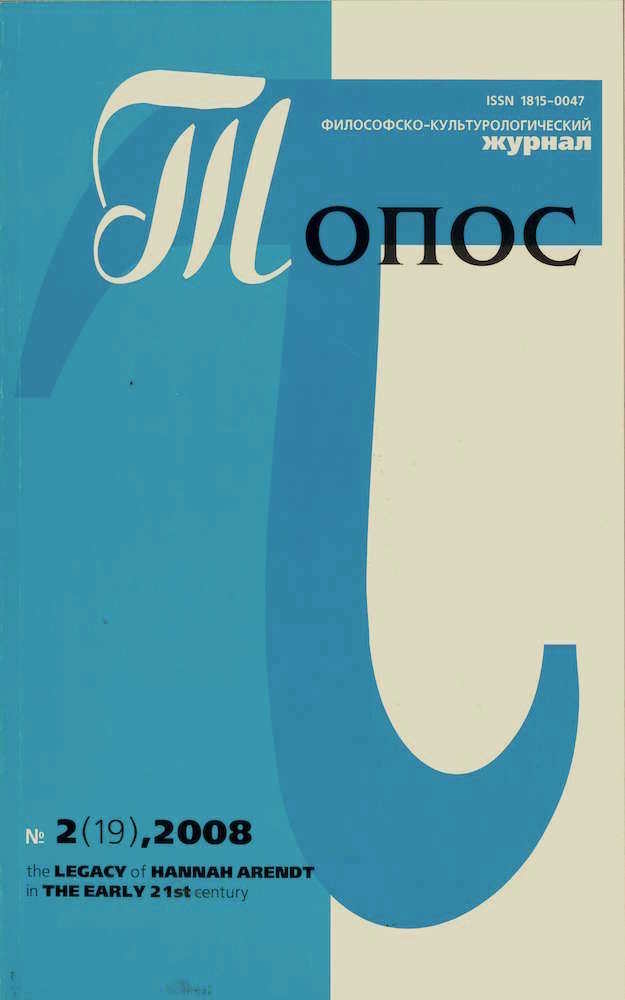Suicide for Political Ends: When killing Oneself becomes a form of Political Action
Article
Abstract
[In English]
I mean to look at the boundary Arendt creates around the political realm with the use of a peculiar example. This will be the suicide of Hirade Kiyohide, retainer to the Japanese lord Oda Nobunaga, as a method of protest. His death was accompanied by a letter, detailing his dissatisfaction with the young Nobunaga’s conduct. Hirade’s suicide seems to fit Arendt’s concept of action well, although it actually deviates from it in several respects. He put biological necessity to one side for the sake of a public realm and set of principles, something emphasized in Arendt’s discussions of political freedom. In the way he put aside necessity, he referenced it in a particular way which brought it out ‘into the open’ of the public as most kinds of action do not. I will contend that this does not disqualify his suicide as an example of action, as some of Arendt’s own examples involve necessity in a similar way, particularly Achilles. I will also use this example to look at the relationship between action and principles, as Arendt uses these terms. Hirade’s protest was regarding Oda’s failure to conform to his role within the feudal system. It was thus an example of action inspired by a principle of government, along similar lines to the use Arnedt makes of the term ‘principle’. In spite of the conceptual blurs found in such a case, Arendt’s distinction between labour, work and action is still valuable. Both Hirade’s method (suicide as protest) and aim (reinforcement of feudal norms) are borderline cases of what Arendt would admit into public/political. This border element is what makes the case worth examining.
Downloads
This journal allows the author(s) to hold the copyright without restrictions. Topos Journal uses CC BY-NC-ND 4.0 license (license URL: http://creativecommons.org/licenses/by-nc-nd/4.0).



